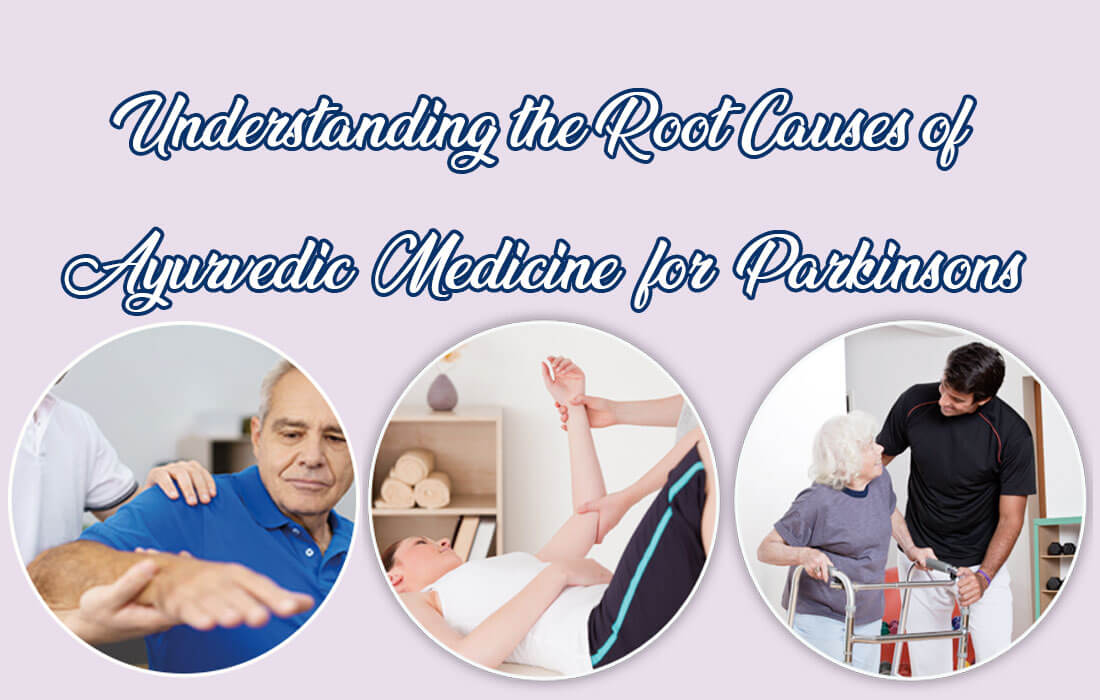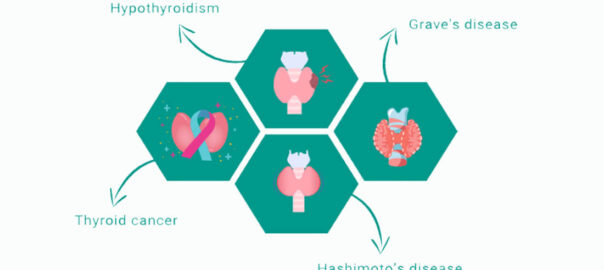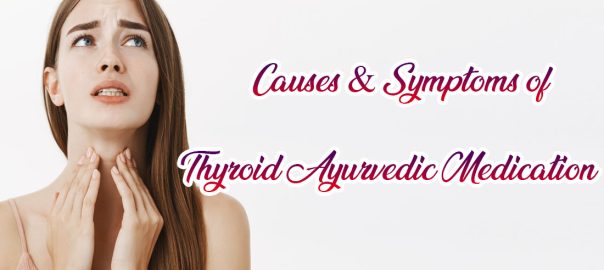
As we search for ways to combat diseases that affect our body and mind, Parkinson’s Disease stands out as two of the most mysterious and perplexing conditions. These disorders affect many people and have been the subject of extensive research for decades, yet the origins and causes of the diseases remain largely unknown. With this blog post, we aim to delve into the depths of Parkinson’s Disease and investigate the underlying factors contributing to its development, along with effective ayurvedic medicine for parkinsons. From genetics to environmental factors, we will explore the latest research and uncover the unknown origins of these devastating diseases. Join us as we embark on this journey of discovery and unravel the causes behind Parkinson’s Disease.
Overview of Parkinson’s Disease
The onset of Parkinson’s disease is usually gradual and is believed to result from a blend of genetic and environmental influences. Although the root cause of the disease can include certain genetic mutations and exposure to toxins, it may increase the risk of developing Parkinson’s disease. Ayurveda, a traditional Indian practice, offers effective treatment for Parkinson’s disease and can be used with other solutions like parkinson rigidity medication and physical therapy.
Causes of Parkinson’s Disease
Parkinson’s disease is a neurodegenerative condition that causes movement and mood issues due to the loss of dopamine-producing brain neurons over time. Researchers continue to investigate the precise reasons behind this dopamine reduction. Several factors, such as genetic mutations, exposure to toxins, and age-related changes, may contribute to the development of Parkinson’s disease.
Here are some potential causes and factors associated with Parkinson’s disease:
1. Genetics:
- Genetics plays a pivotal role in Parkinson’s disease. Approximately 10-15% of cases have a clear familial link. Several genes have been implicated in the development of Parkinson’s, with mutations in these genes increasing the risk of the disease.
- Genetic mutations, like those in SNCA, LRRK2, PARK2, and PINK1, are connected to familial Parkinson’s disease. However, these genetic factors account for a small percentage of overall Parkinson’s patients.
2. Age:
The diagnosis of Parkinson’s disease is more prevalent in older adults, generally those over the age of 60, with advanced age being a notable risk factor
3. Environmental Factors:
Although genetics is a major factor, environmental elements also play a pivotal role in the development of Parkinson’s disease. Specific environmental factors and toxins exposure can elevate the risk of Parkinson’s disease. These include:
- Pesticides and Herbicides: Some studies have suggested a link between exposure to pesticides and herbicides, such as paraquat and rotenone, and an increased risk of Parkinson’s disease.
- Heavy Metals: Prolonged exposure to certain heavy metals, such as lead and manganese, has been associated with a higher risk of Parkinson’s disease.
4. Oxidative Stress and Inflammation:
Factors that may contribute to Parkinson’s disease include oxidative stress, an imbalance between harmful free radicals and the body’s defence, and chronic inflammation. Parkinson’s patients have also observed neuroinflammation, characterized by the activation of immune cells in the brain. This inflammatory response is believed to worsen the disease by increasing neuronal damage.
5. Mitochondrial Dysfunction:
Dysfunction of the mitochondria responsible for energy production within cells has been implicated in Parkinson’s disease. Impaired mitochondrial function may contribute to the degeneration of dopamine-producing cells in the brain.
6. Alpha-Synuclein Accumulation:
In Parkinson’s disease, a protein called alpha-synuclein forms abnormal clumps or aggregates in the brain, known as Lewy bodies. Its believed that the buildup of alpha-synuclein plays a role in the neurodegenerative process of Parkinson’s disease.
The causes of Parkinson’s disease are complex and multifactorial. It underscores the importance of continued research into these debilitating conditions, as a better understanding of their underlying causes may lead to improved prevention; hand tremors causes medications can also be an effective option for those affected with this condition.
Steps for Prevention and Treatment
Certain lifestyle changes can help mitigate the risk and delay the development of Parkinson’s disease. Here are some steps you can take for potential prevention:
- Regular Exercise: Engaging in regular physical exercise reduces the risk of Parkinson’s disease. Balancing aerobic, strength, and also balance exercises is key. While seek guidance from a professional trainer to establish the appropriate fitness regimen.
- Healthy Diet: Adopting a nutritious and balanced diet may positively impact overall health, including brain health. Focus on consuming various fruits, vegetables, whole grains, lean proteins, and also healthy fats. Antioxidant-rich foods like berries, leafy greens, and also nuts may be beneficial.
- Avoid Environmental Toxins: Minimize exposure to environmental toxins connected to a higher risk of Parkinson’s disease. Take precautions when handling pesticides or herbicides, and also follow safety guidelines. Follow proper safety protocols if you work in an occupation with potential toxin exposure.
- Quit Smoking: Researchers have associated smoking with an increased risk of Parkinson’s disease. If you smoke, consider quitting. However, by seeking support from professionals, nicotine replacement therapies, or smoking cessation programs to increase your chances of success.
- Moderate Alcohol Consumption: An elevated risk of Parkinson’s disease is associated with excessive alcohol consumption. If you decide to consume alcohol, do it moderately and follow guidelines.
- Maintain a Healthy Weight: There is a connection between obesity and a higher body mass index (BMI) with an elevated risk of Parkinson’s disease. Strive to maintain a healthy weight through both regular physical activity and a balanced diet.
- Stay Active: Engage in activities stimulating your brain, such as reading, puzzles, learning new skills, and socializing. Mental and social stimulation may help promote brain health and also potentially lower the risk of Parkinson’s disease.
Conclusion
A thorough understanding of the roots of Parkinson’s disease is imperative for developing effective treatments that can enhance the lives of those afflicted by these debilitating conditions. With a growing number of individuals receiving these diagnoses each year, pinpointing the underlying factors contributing to their emergence is more critical than ever. While significant strides have been made in recent years in investigating the causes of these diseases, combined with the use of ayurvedic medicine for parkinsons, there is still much ground to cover. With dedication, we can hope to find the reason behind Parkinson’s Disease and pave the way for a better future.










